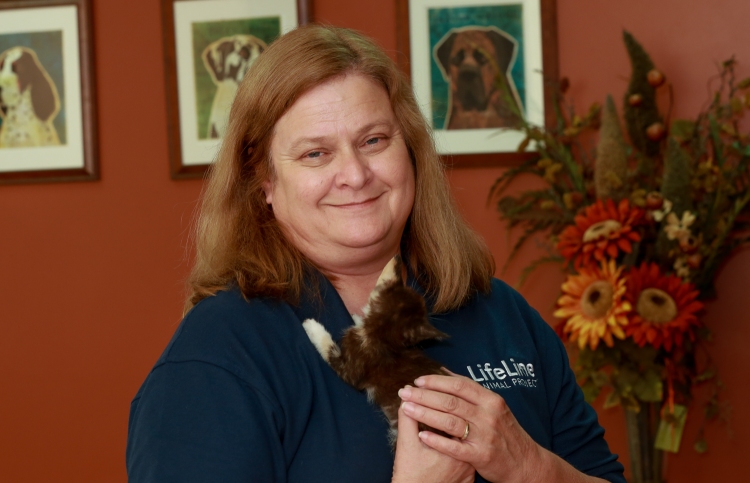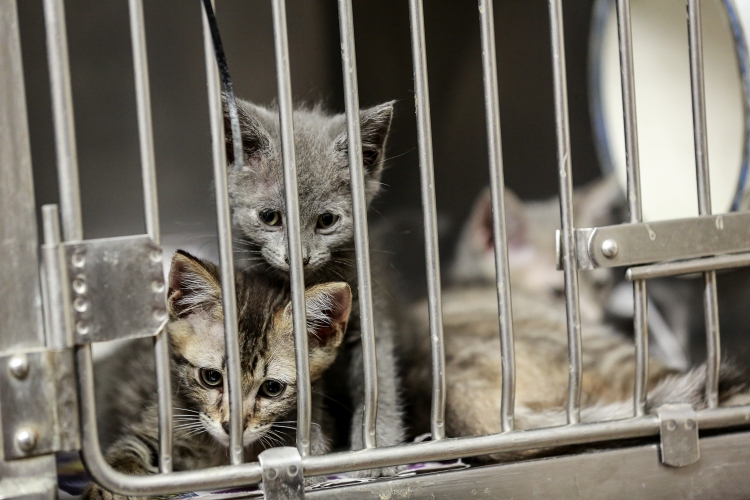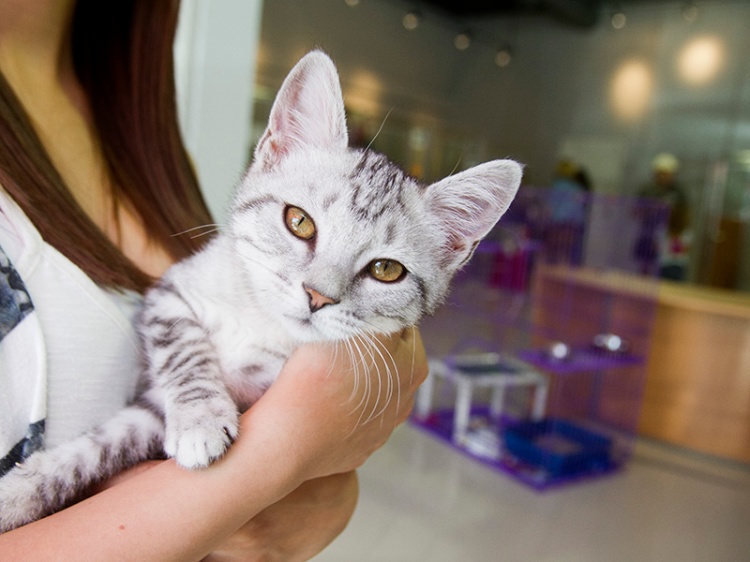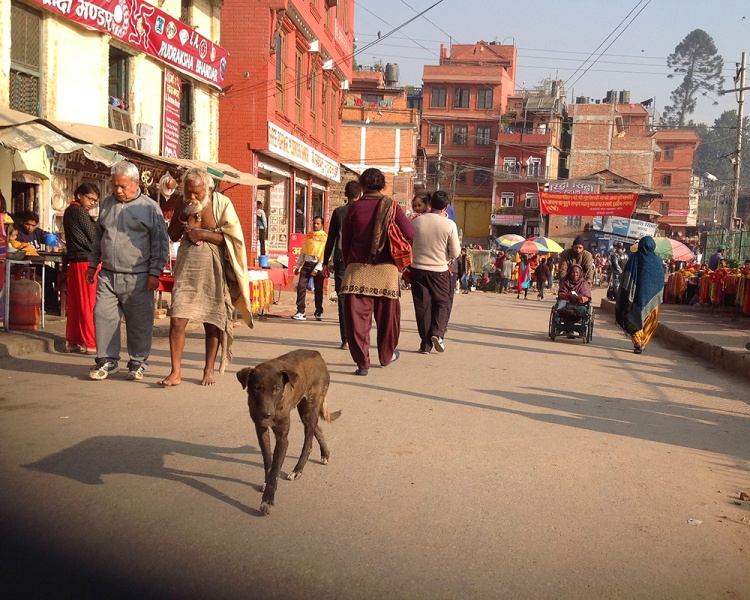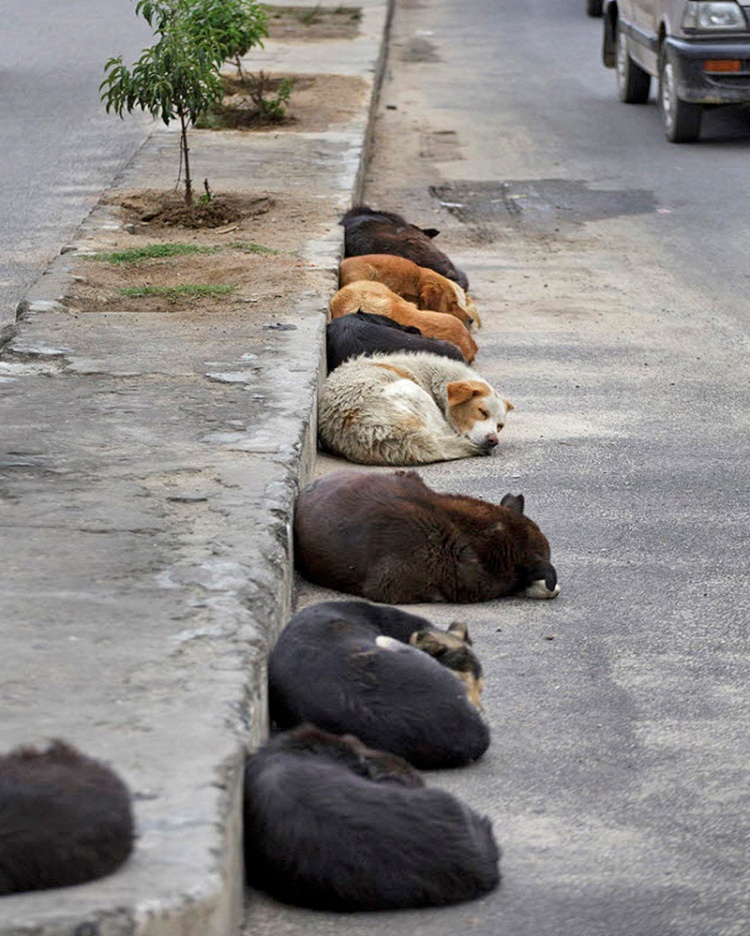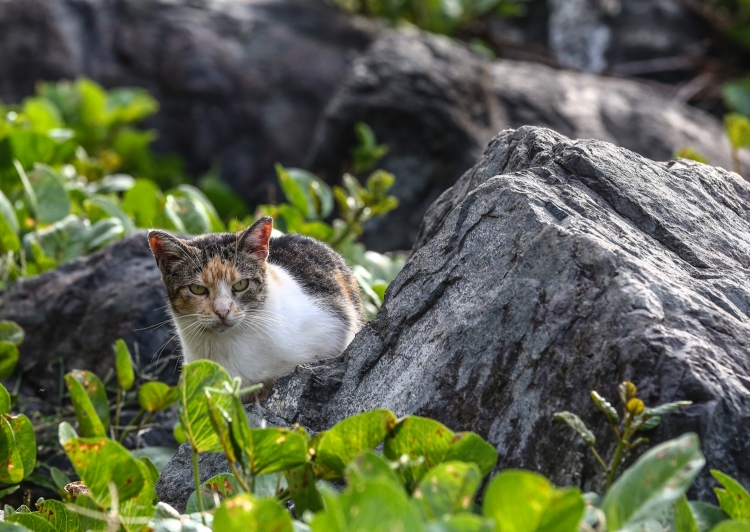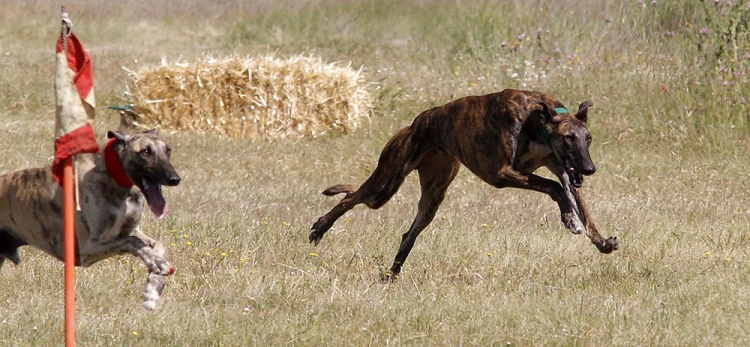The evolution of the no-kill movement and its success in hundreds of cities and towns throughout the U.S. is proof that there is indeed a better way in managing our homeless pet problem. After all, it’s about time our sheltering system moved past the outdated and barbaric “cage and kill” paradigm and into a new era of progressive reform. By implementing a comprehensive portfolio of lifesaving programs and services, shelters can begin to transform themselves from dark, depressing places where homeless pets go to die, to welcoming community centers invested in saving healthy and treatable pets. We’ve already looked at what it takes for a shelter to achieve no-kill status, and the methodology is far from rocket science. So why isn’t every shelter jumping onboard the lifesaving train?
Unfortunately, there can be a wide variety of barriers to no-kill reform, including lack of funding, staffing, resources, community support, and leadership vision. So if you’re an under-funded, understaffed, open-admission municipal shelter overwhelmed with the throngs of unwanted pets your community continually dumps at your doorstep (as opposed to limited or closed admission shelters that can pick and choose the animals they take in), and you have no additional resources at your disposal, then the odds of being able to implement lifesaving programs isn’t favorable. After all, municipal shelters were originally created to protect people from stray animals that could be carrying transmittable disease, not to save lives. So while our society’s expectations of what a shelter “should” do – help pets leave out the front door with a loving family instead of out the back door in a body bag – has changed over time, perhaps our expectations exceed our current reality.
“Often organizations and public agencies, animal control agencies in particular, don’t have the resources they need because their communities aren’t investing enough to allow them the opportunity to do those kinds of (lifesaving) programs well,” said Jodi Buckman, ASPCA senior director of community outreach. “There’s a lot that goes into these programs, so while the programs exist, sometimes the resources don’t. Then it isn’t really about whether the shelter is choosing to euthanize a healthy animal or not, it’s about the community’s commitment to ensuring the resources are available to manage that shelter population responsibly.”
She continued, “We believe shelters have access to the tools they need and have to take responsibility for finding creative opportunities for positive outcomes for animals, but that shelters aren’t alone in that responsibility when it comes to resources. We don’t want them doing (no-kill) poorly – we see the results of that, where organizations are so desperate to not have to consider euthanasia at any turn that they end up with a hoarding-like situation. We have multiple examples where we’ve been called in to support local law enforcement in resolving some of those cases and that is institutional suffering on a horrific scale. So whatever we have to do, we have to do it responsibly, and that’s a difficult line to walk.”
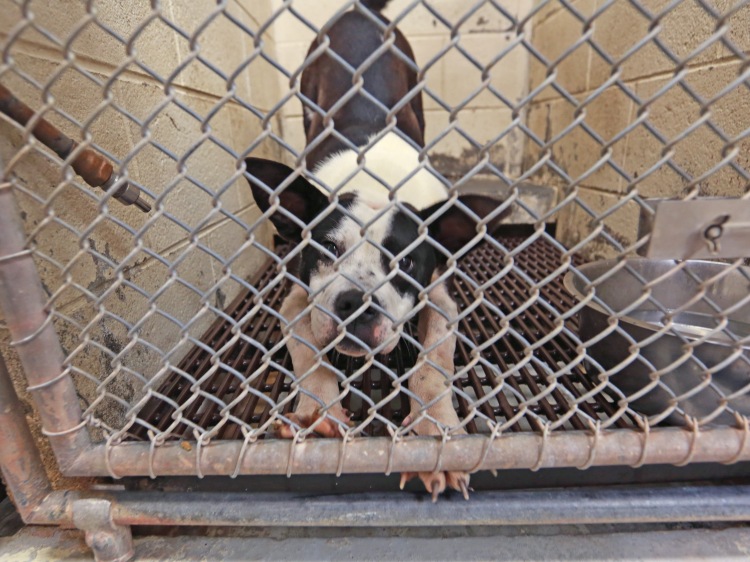
Understanding the barriers to lifesaving aside, why would anyone disagree with the no-kill philosophy in principle? Because really, how could anyone who claims to care about animals scoff at the idea of saving healthy and treatable dogs and cats from a needless death? Even harder to understand is why any animal “welfare” organization would cling to the status quo, claiming that no-kill is a direct line to animal neglect and abuse.
One of the loudest defenders of traditional shelter euthanasia is PeTA, a group that identifies itself as a leading animal “protection” organization, yet seems to have no problem condoning and participating in the senseless murder of healthy and treatable companion animals simply because they’re homeless. So many animal advocates, including me, have a very difficult time wrapping their heads around the twisted thinking that “humanely euthanizing” homeless dogs and cats is somehow “saving them” from the specter of possible abuse. Why not give these innocent beings a fighting chance rather than rob them of the possibility of a wonderful life with a loving family? But anyone who has bothered to learn the truth about PeTA understands that they aren’t, nor have they ever been, in the “business” of lifesaving (you can read more about PeTA’s disturbing euthanasia practices here).
PeTA founder Ingrid Newkirk paints a very bleak (and extreme) picture of no-kill:
“Making euthanasia the last resort does not contribute to animal abuse, it means you have to find other solutions,” said Rebecca Guinn, LifeLine Animal Project founder and CEO. “What would be unethical is for us to euthanize animals as a result of our failure to be resourceful, a lack of resources, or a failure of imagination. If you’re a shelter that takes euthanasia of healthy and treatable animals off the table and you don’t do anything else, then yeah, you’ve got a problem – that’s just math.”
So unless you’re content with the “adopt a few and kill the rest” status quo, you know that no-kill can and does work when handled responsibly and ethically. Long-term warehousing or hoarding of unadoptable animals because a shelter or rescue simply opposes euthanasia is irresponsible and cruel, but that’s the extreme end of no-kill done wrong. So is it not defeatist to believe there’s no middle ground between killing and hoarding?
“It’s unfair and inappropriate to allow examples of people or poorly handled situations to characterize the real objective of no-kill, which is that as communities and citizens in this country we shouldn’t be comfortable killing savable pets,” asserted Judah Battista, Best Friends Animal Society co-founder and chief regional programs officer. “Everyone recognizes that there are genuine acts of mercy for animals that are suffering, and that it is the right and kind thing to do, but to conflate that with this idea that you have to warehouse them or you’re justifying warehousing because you support no-kill is a false choice – it’s not one or the other. No-kill is only controversial within animal welfare circles where people get hung up on semantics, (and) the idea that it is at all controversial is letting people who don’t want to change the existing system control the narrative.”

A kitten vies for a little love and attention at Dekalb County Animal Services. (Photo courtesy LifeLine Animal Project)
While leading animal welfare organizations such as HSUS and ASPCA do not openly support no-kill, they do work to reduce the killing of healthy and treatable shelter pets through various national programs designed to drive adoption, promote the human-animal bond, encourage responsible pet ownership, and prevent animals from ending up in the shelter in the first place, for example, HSUS’s Pets For Life Program.
You can read about HSUS and ASPCA’s positions on no-kill shelters and euthanasia here and here.
Regardless of semantics or how these organizations support lifesaving, the main goal of any true-blue animal advocacy agency should always be the same – preventing cruelty and saving innocent lives.
___________________________________________________________________________
What’s the difference between ASPCA and HSUS?
As North America’s oldest humane society, ASPCA (aka, “The A”) primarily focuses on preventing animal cruelty and pet homelessness; cruelty investigation, response and rescue assistance; public policy and legal advocacy; spay and neuter; shelter support grant programs, and running its New York City-based shelter and adoption center. While the bulk of its work has historically revolved around companion animals, it also focuses on equine and farm animal welfare issues.
HSUS is the nation’s largest animal protection organization that works to reduce animal suffering and create meaningful social change through progressive legislation; making sure existing laws are enforced; public awareness campaigns and investigations; assisting large corporations in reforming their animal welfare policies, and providing direct care, rescue, and services for animals in crisis. Its work focuses on a broader range of animals, including wildlife, marine, farm and companion animals, as well as animals in crisis throughout the world.
Contrary to popular belief, neither group is an umbrella organization for the myriad SPCAs and humane societies across the country. ____________________________________________________________________________
By putting us face-to-face with the shameful reality of how our society has historically handled its homeless pet population and forcing us to re-examine the purpose of animal shelters, the no-kill movement has been integral in advancing our expanding humane movement. It has given us a more compassionate, humane alternative to murder, and a morally sound destination for our pet-loving society to aspire. It has shown us that achieving a no-kill society is possible, although it certainly won’t happen overnight – it will require time, effort, commitment and support from all stakeholders, including animal shelters, rescue groups, animal welfare organizations, communities, and citizens, all equally invested in lifesaving. Because, in the end, shouldn’t a “shelter” be just that – a place where animals are protected and cared for until they can be placed into loving forever homes?
“Euthanasia has always been considered a necessary evil, and we’ve shown that it’s not necessary, so if you take ‘necessary’ out of the equation, it’s wrong,” said Guinn. “You have to believe that animal lives have value, and if you believe that, then killing them simply because you can’t find them a home is not okay. I’ve always felt that we have an obligation to dogs and cats, or any animals we domesticated, to provide for them – it’s our duty as human beings.”
What about us pet parents, rescuers and animal advocates – could we be playing a role in condoning the status quo by being part of the problem rather than the solution? I see it all the time, especially online – individuals and rescue groups badmouthing well-meaning shelters, other rescues, and national animal welfare organizations, wasting time promoting vitriol and suspicion rather than doing anything helpful or proactive. Yes, many animal rescuers are incredibly passionate people, but that “passion” can sometimes come off as “crazy” if it isn’t channeled in a strategic and productive way. So when we criticize others or burn bridges rather than look for common ground so we can collaborate in saving more animals, we aren’t helping anyone, especially the dogs and cats we claim to adore.

Lefty, one of many sweet and adorable pups waiting for their forever homes at Dekalb County Animal Services. (Photo courtesy LifeLine Animal Project)
I believe that as more and more shelters move away from cage-and-kill and toward the beacon of lifesaving, no-kill will one day become a commonplace industry practice, making the need to use the term as a qualifier obsolete. It will simply be a given that shelters no longer kill healthy and treatable pets, reserving euthanasia only for the behaviorally or physically irredeemable.
“We’re in a position right now in animal welfare to be witnessing and contributing to a social transformation, from a society that accepted shelters as a place that collected, held and disposed of animals in the community, to one that expects shelters to provide a temporary social safety net for animals to get placed into new homes, and for those that are suffering, to be cared for and shown mercy when it’s appropriate,” said Battista. “The cusp of that is happening now, in community after community after community. The fact that it’s happening quietly is the thing we need to change, but it is happening, and all of us should be sharing the news that we’re winning!”
So what can you do to support the no-kill crusade?
- Make adoption your first choice in acquiring a new pet
- Always spay and neuter
- Volunteer and/or donate to your local shelter and/or rescue groups
- Help disprove the negative misconceptions about shelter or rescue pets by spreading the word that these animals make wonderful family companions!
- If your local shelter is not yet no-kill, talk to them about their barriers to lifesaving and how you can help support them in making the transition
- Become a foster pet parent
- Spread awareness and educate others about adoption, spay and neuter, responsible pet parenting, and animal welfare
- Reach out to your local animal-friendly legislators and encourage them to pass stronger animal welfare and anti-cruelty legislation
- Only donate to national animal welfare agencies that support lifesaving

Volunteer Sarita Carden bottle-feeds a neonatal kitten in the Kitten Nursery at the Best Friends Los Angeles adoption center and shelter. (Photo courtesy Best Friends Animal Society)
“Mankind is not the only animal that laughs, cries, thinks, feels and loves. The sooner we acknowledge that animals are emotional beings, the sooner we will cease destroying animals and embrace them as our brothers and sisters.” – A.D. Williams

